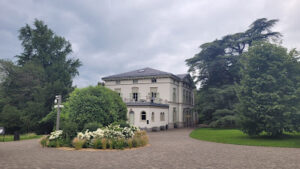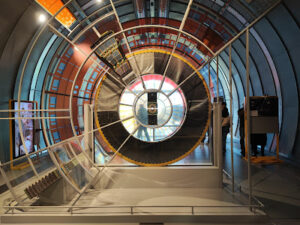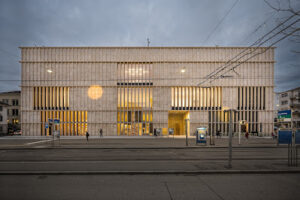Topography of Terror
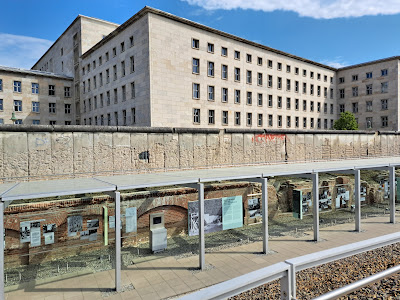
Introduction
The Topography of Terror is a powerful museum and documentation center located in Berlin, Germany. Situated on the site where the headquarters of the Gestapo, the SS, and the Reich Security Main Office once stood, the museum offers visitors an insightful and educational experience about one of the darkest periods in history. Through its thought-provoking exhibits and historical significance, the Topography of Terror provides an opportunity for visitors to reflect on the impact of dictatorship, terror, and resistance. For those interested in understanding the complexities of German history, this museum is an essential stop in Berlin.
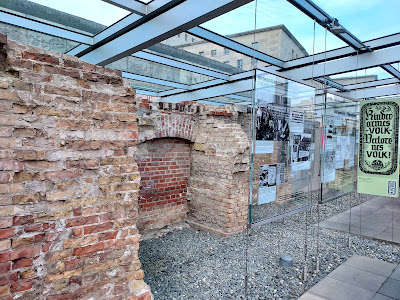
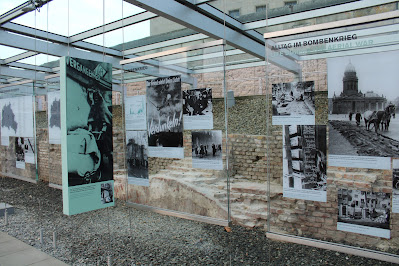
About the Museum
The Topography of Terror opened in 1987 as a temporary exhibition and was later established as a permanent museum in 2010. It is located on Niederkirchnerstrasse, close to the famous Checkpoint Charlie and Potsdamer Platz. The museum’s site holds historical importance, as it was once the nerve center of Nazi terror operations during the Third Reich.
The museum’s indoor and outdoor exhibitions are designed to provide an in-depth look at Nazi institutions, their roles in enforcing terror, and the devastating impact on millions of people. The exhibits feature extensive photographic documentation, historical documents, and personal stories that illustrate the experiences of victims and those who resisted oppression.
One of the most striking features of the museum is the preserved section of the Berlin Wall, which runs along the museum’s boundary. This powerful visual reminder of division and oppression adds a deeper layer of historical context to the site. Visitors can explore outdoor exhibits that highlight the timeline of Nazi terror and gain insights into the system of control that shaped this period.
The museum’s educational programs, guided tours, and special exhibitions provide visitors with valuable knowledge about the dangers of authoritarian regimes and the importance of human rights. With its detailed presentations and immersive storytelling, the Topography of Terror offers a moving and informative experience.
Interesting Facts
- The Topography of Terror stands on the very ground where key Nazi organizations planned and executed oppressive policies.
- The museum features a preserved section of the Berlin Wall, adding historical significance to the site.
- The indoor exhibition space includes over 800 photographs and documents that offer a comprehensive look at Nazi crimes.
- The museum attracts over one million visitors each year, making it one of the most visited museums in Berlin.
- Admission to the museum is free, ensuring accessibility for all visitors interested in learning about this critical period in history.
- The museum’s outdoor exhibition area allows visitors to explore the site’s original foundations, offering a deeper understanding of its historical context.
Photo Gallery


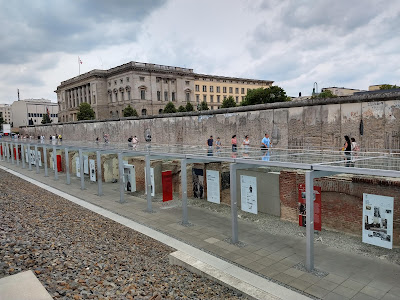
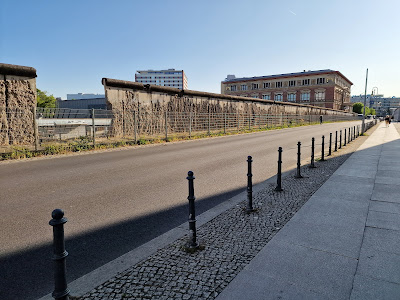


Physical Location
Contact Details
Phone: +49 30 2545 0950
Website: topographie.de/
Facebook: facebook.com/topographiedesterrors
Conclusion
The Topography of Terror in Berlin is an impactful and educational museum that sheds light on the mechanisms of dictatorship and oppression. By providing a detailed account of Nazi terror and the experiences of victims, the museum encourages reflection and awareness of past injustices. For visitors seeking to understand Germany’s complex history and the importance of preserving human rights, the Topography of Terror offers an essential and thought-provoking experience. With its powerful exhibits and historical significance, this museum stands as a testament to the resilience of those who fought against tyranny and a reminder of the importance of remembering the past.

